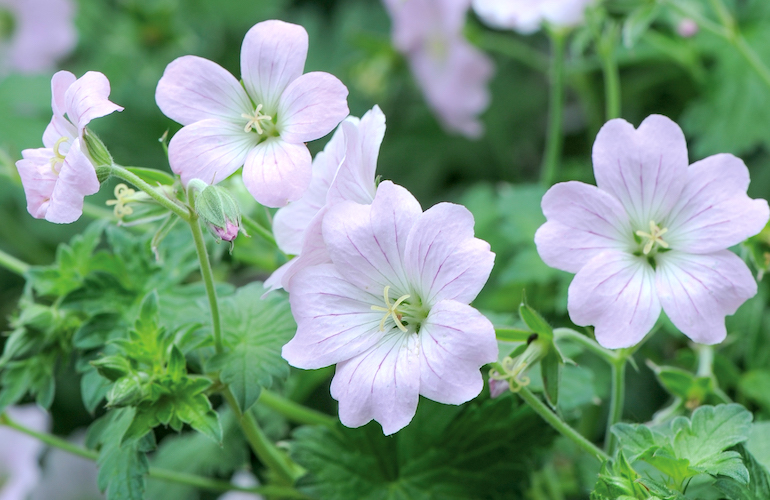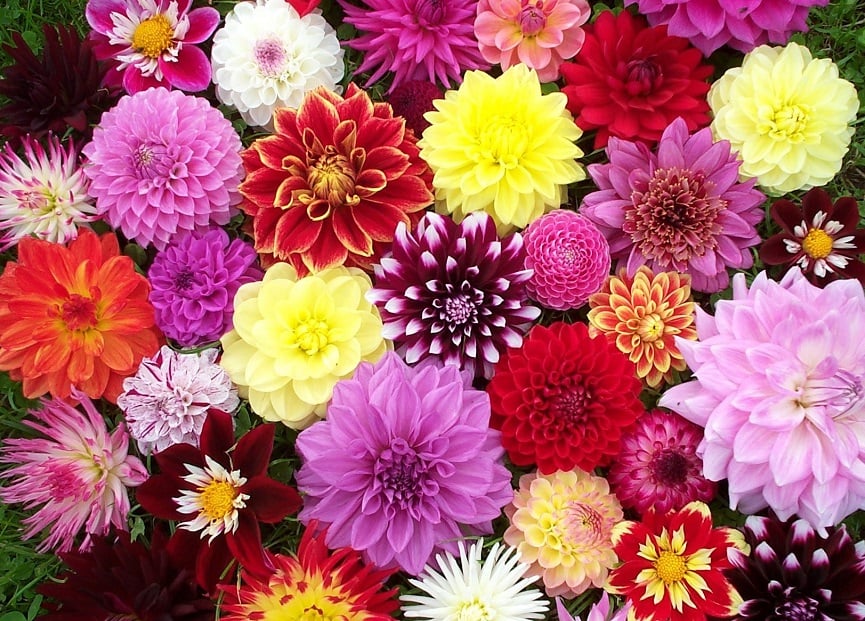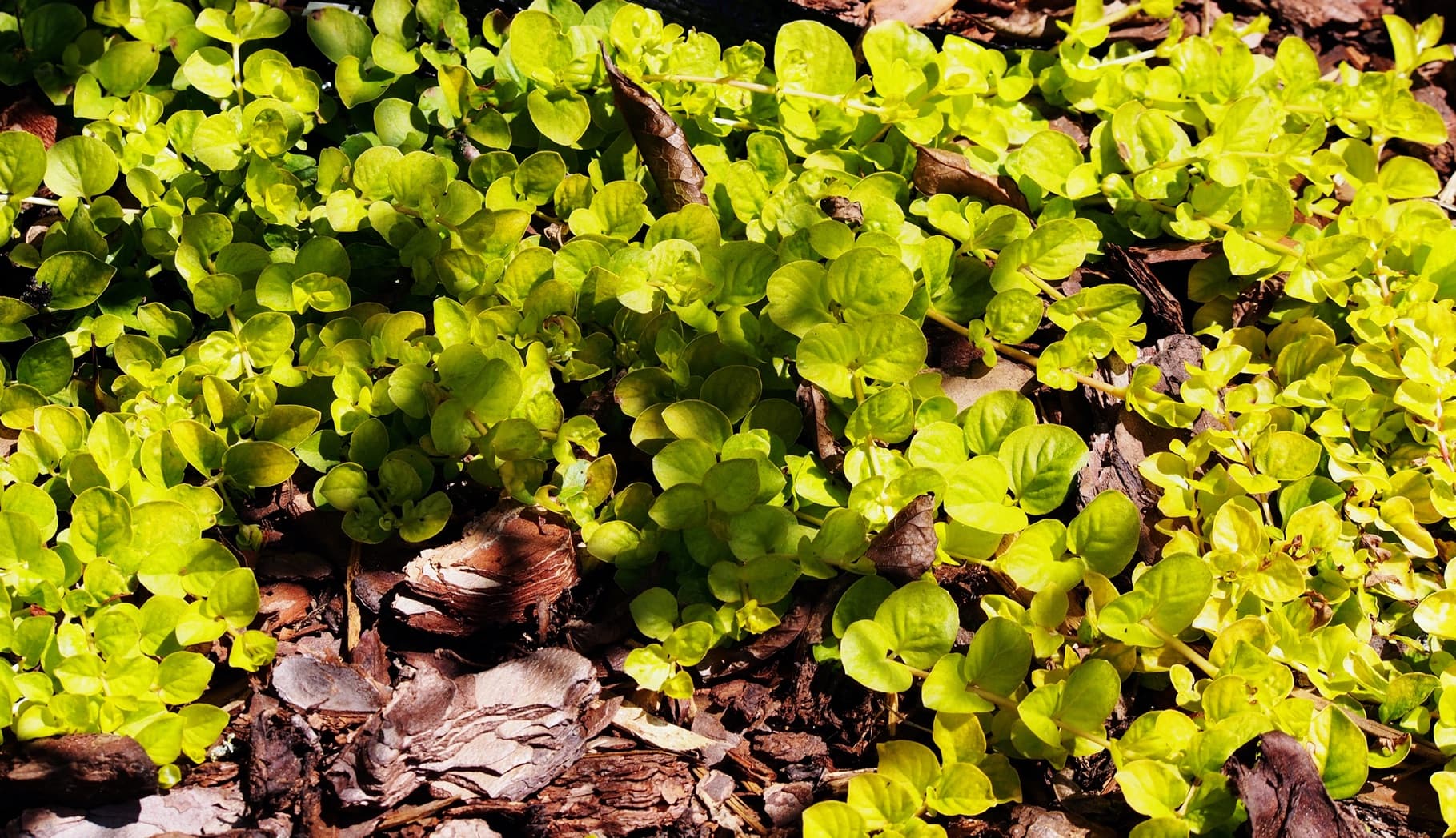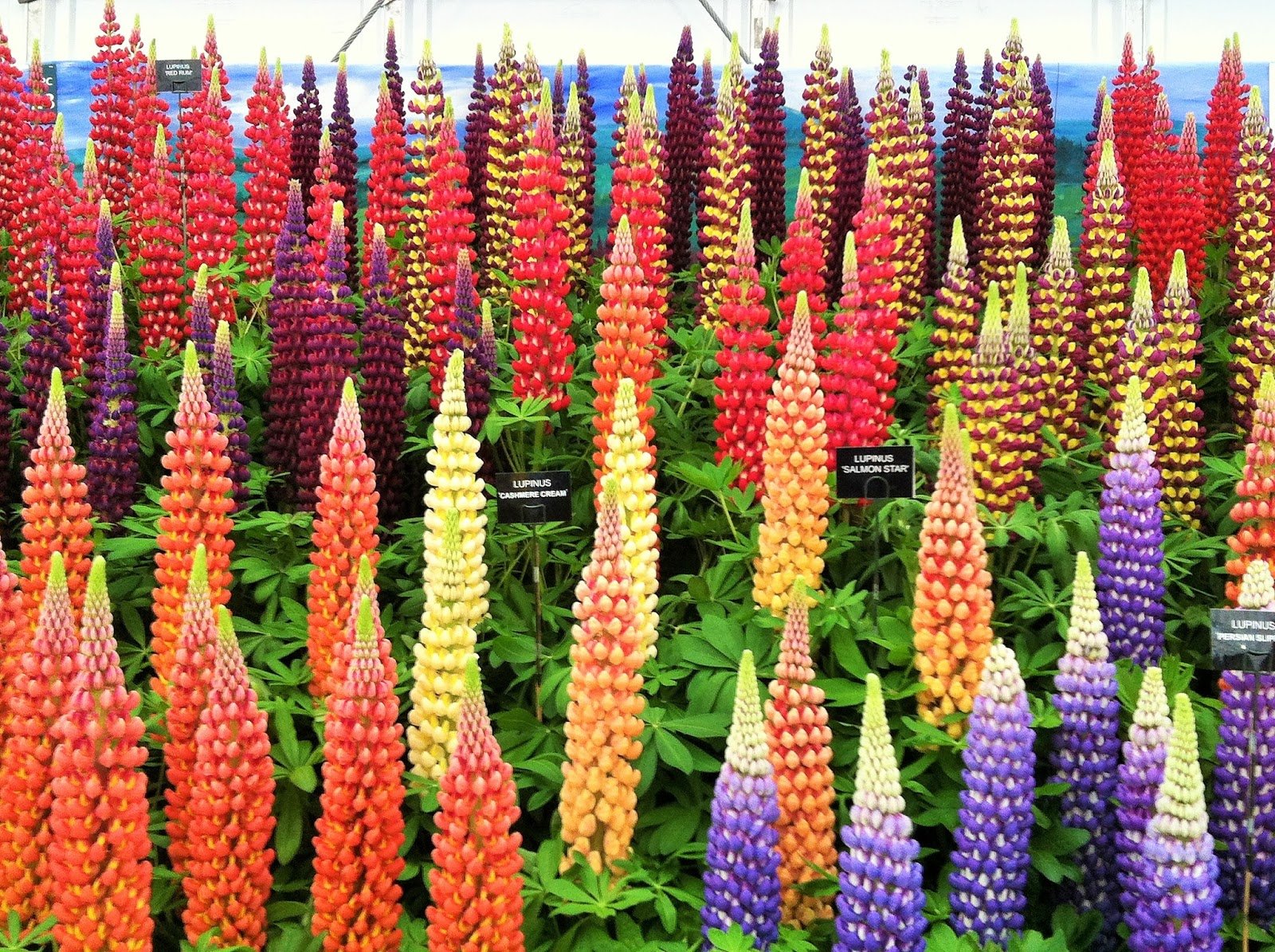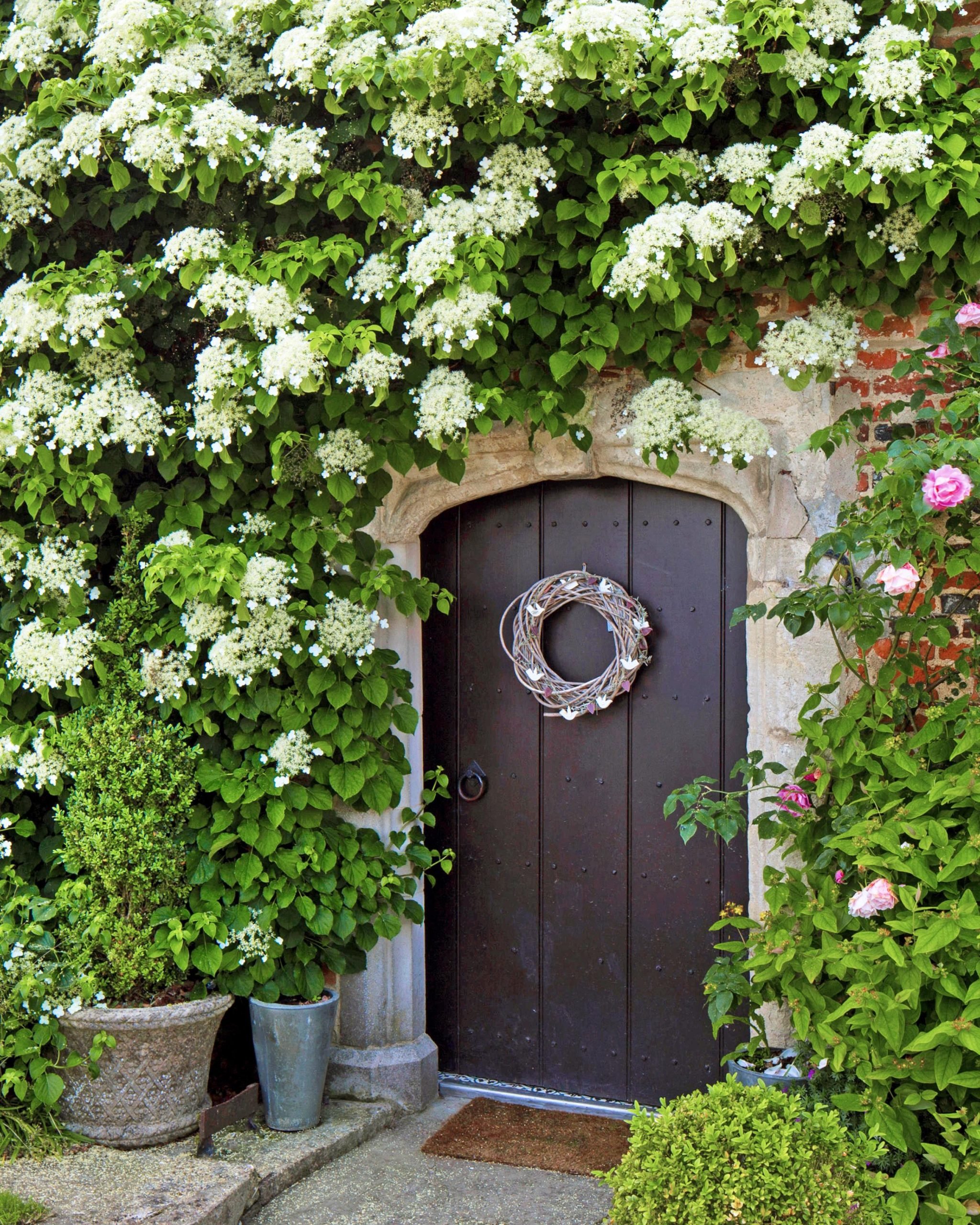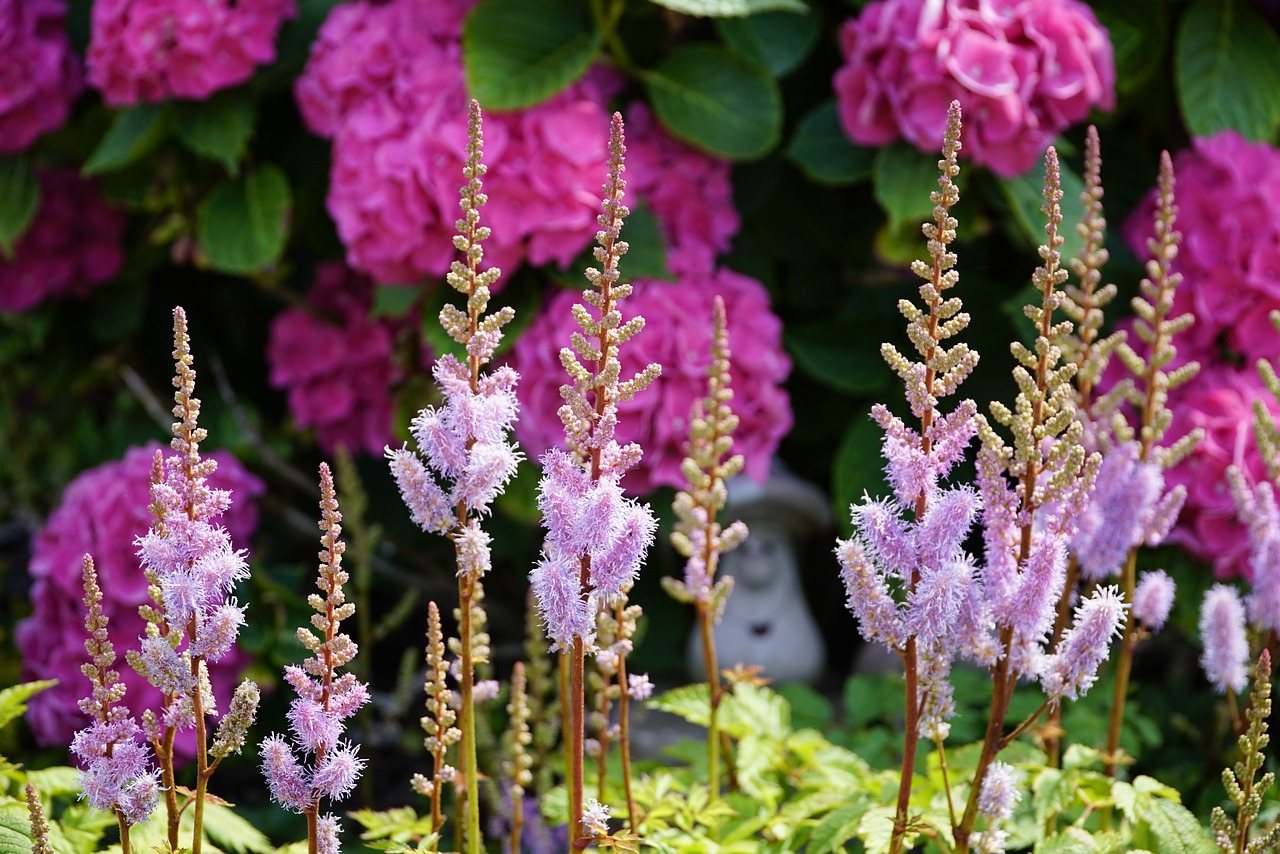Top 11 Winter-Flowering Viburnum Varieties to Look After
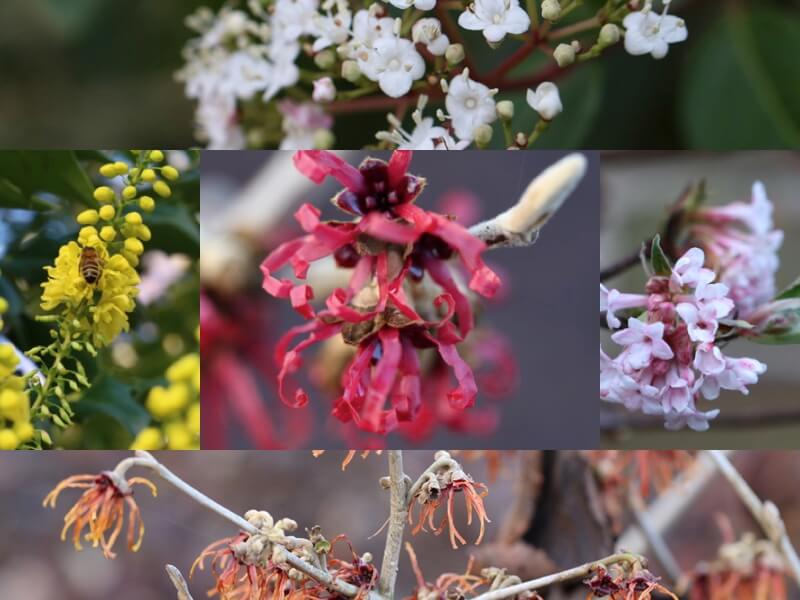
Table of Contents
Looking for an evergreen and delightful shrub that is low maintenance, deer resistant, and provides veiny foliage, abundant blooms, fall colour and winter fruit for wildlife? Look no further except for the Winter Flowering Viburnums.
These viburnums are the most vibrant and one of the most popular flowering landscape shrubs. There are many different viburnum varieties you can choose from, depending on the temperature of the zones. This plant has a wide range of sizes, from dwarf-like Opulus ‘Nanum’ at just under 3 feet to large species like V with up to 10-12 inches.
Here’s the list of 11 different types of Winter Flowering Vibrum listed.
Different Types of Winter Flowering Viburnum
1. Maple Leaf Viburnum
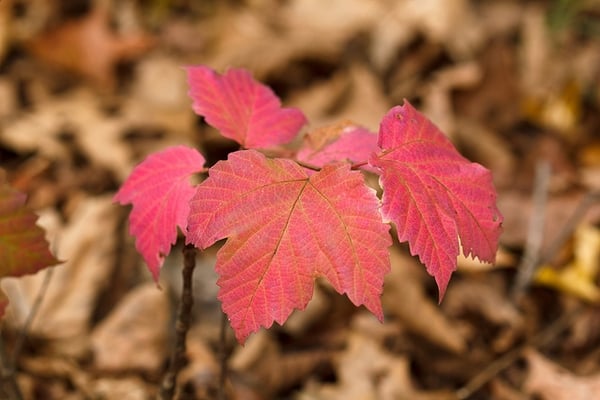
Clinically known as Acerifolium, and is deciduous in nature. This can be easily found in zones like central and eastern United States, MS, LS; USDA 6-8 and is native throughout the Southeastern states in its hardiness zones, which are moist and dry landscape settings. This is a colony-forming shrub which grows from 4–6 feet tall and equally wide in a decade. Ideally, it grows in a naturalistic planting scheme and is tolerant of shade. The plant offers lovely assemblages of white flowers that occur later in spring and are extended till summer.
In summer, it displays beautiful clutter of red berry drupes which can be an appetite for several birds. Furthermore, this fruit displays some beautiful colours of fall, like red in the beginning, then it will turn into pink or some purple hues for added interest. The beautiful shape of the leaves made them look like maple leaves. This can also tolerate drought once settled.
2. Bodnant Viburnum
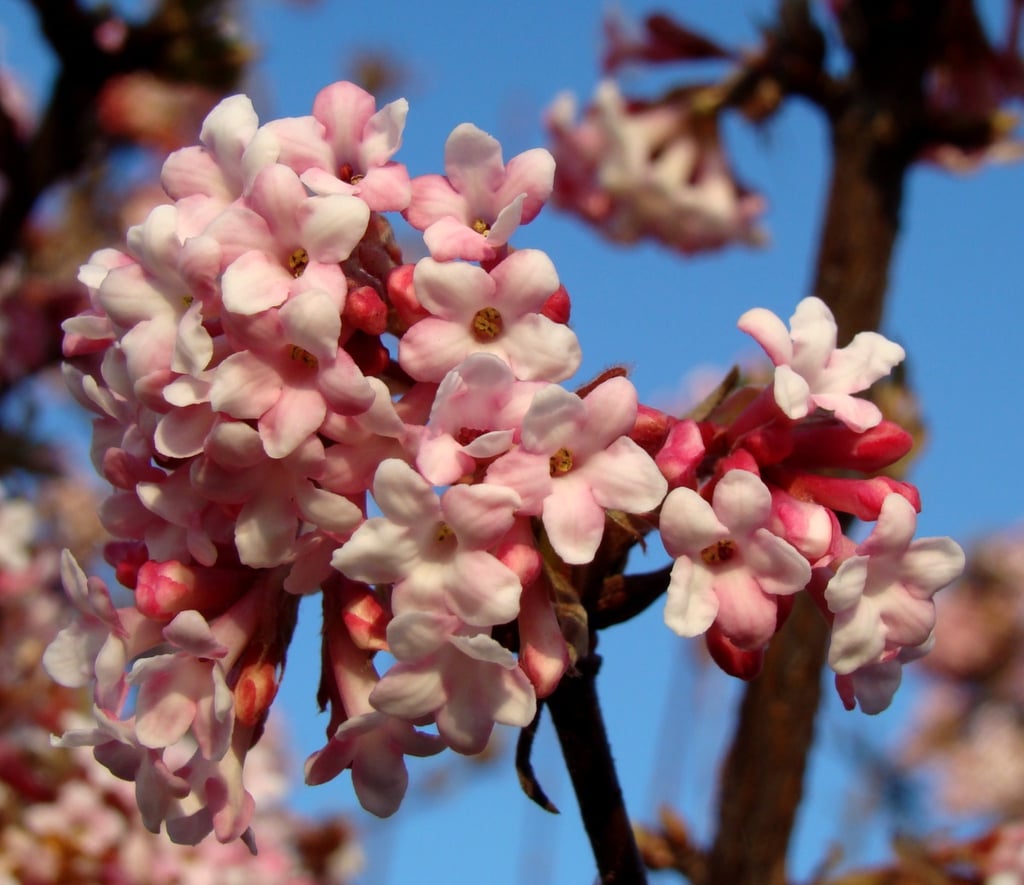
Viburnum Bodnantense Dawn is a hardy and deciduous shrub. This looks like a dense bunch of richly fragrant magenta rose pink flowers, which will fade to candy-floss pink and then into a gorgeous white hue by late spring. This is a cold-weather bloom, and because the flowers bloom from late autumn through early spring, this plant is often called ‘Dawn’. Dawn Bodnant Viburnum or Viburnum Bodnantense ‘Dawn’ typically matures to 8-10 inches tall (sometimes more) and to 4-6 inches wide.
This shrub can be grown as a screen or hedge and also has a good specimen value. Dawn Viburnum is considered a low-maintenance ornamental shrub which should be considered planted in areas like along a walkway or near a door where the flowers can be observed and the fragrance can be enjoyed. This Flowering Viburnum has been given the most prestigious Award of Garden Merit (AGM) by The Royal Horticultural Society. Viburnum ‘Dawn’ has no particular known value to wildlife in the UK as it has no toxic effects reported.
3. Burkwood Viburnum
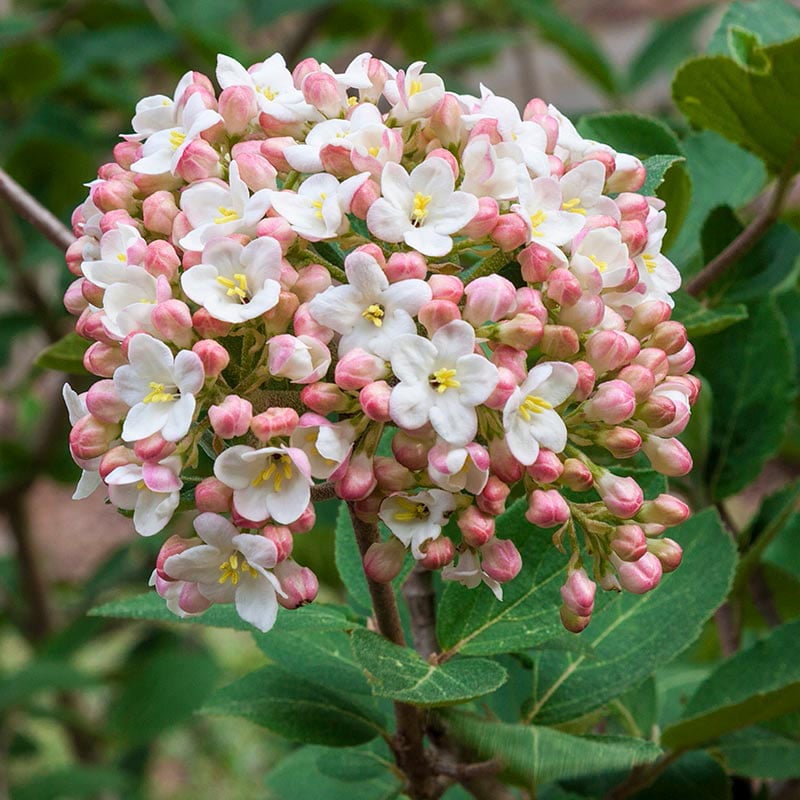
Viburnum Burkwoodii, or the Burkwood viburnum, is a hybrid Winter Flowering Viburnum plant in the family of Adoxaceae. Mostly it’s deciduous in cold areas and evergreen elsewhere. This shrub carries the most glossier dark green leaves, which can be 31⁄2 inch long from above and hairy white beneath. The best part is these leaves turn purplish red in cold weather. Talking about the flower, this shrub has the most fragrant flowers of white clusters with blue-black fruit in it which doesn’t show because of the eloquent beauty of the flowers.
This plant espaliered onto the walls with its dense branches and multi-stemmed shrub, which typically grows 8-10′ tall and 5-7′ wide. The white flowers are followed by pendulous clusters of long-lasting red berries called ‘Mohawk.’ Talking about its landscape, Burkwood can be easily grown in well-drained soil with average moisture. It is best recommended to plant this shrub in groups rather than in single as this helps in cross-pollination and subsequent fruit display.
4. Fragrant Snowball Viburnum
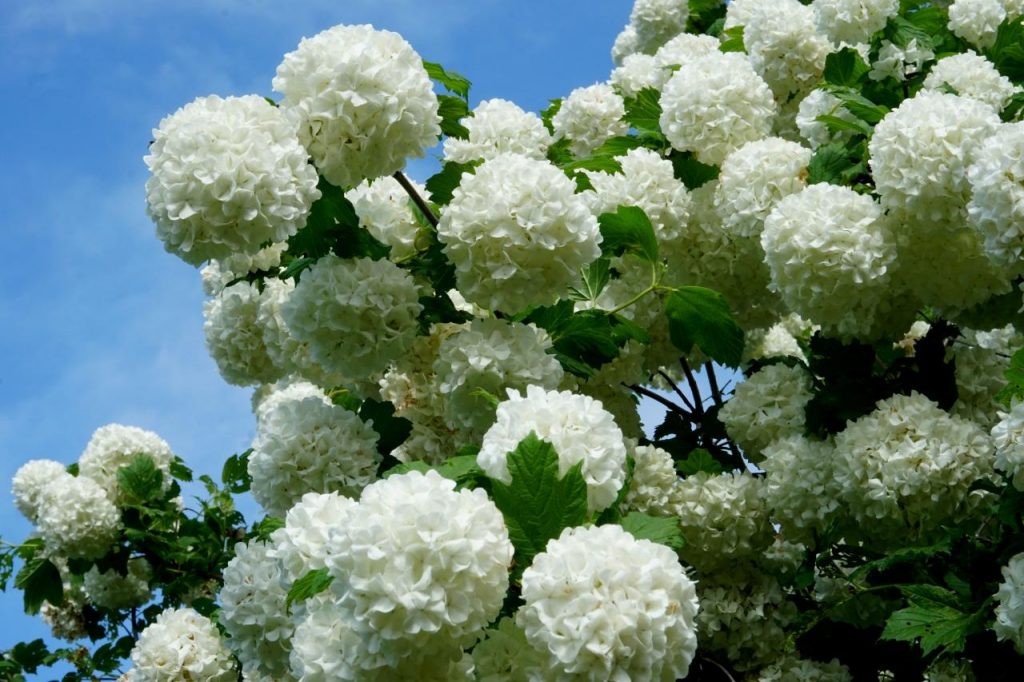
With the most complicated clinical name, ‘Carlcephalum’, this deciduous shrub grows in zones like the US, MS, LS, and USDA and is 6–10 feet wide and long. This shrub is eye catchy, especially in Autumn, with large, rounded snowballs and oval green leaves which turn into beautiful reddish purple. The rounded snowball-like cluster consists of 100 pink buds which spring into sweetly perfumed white flowers.
This shrub might not be as showy as Opulus ‘Roseum’ but has the bonus of fragrance. Fragrant snowball is a lover of sunlight and can be easily grown in average, moderately fertile, hummus-rich that is well-drained soil. But this doesn’t mean the plant will die in drought situations. Once it is fully established, it can easily survive in drought as well. Due to its fragrance, this plant is found in traffic light areas to enjoy its wonderful fragrance.
5. Korean Spice Viburnum
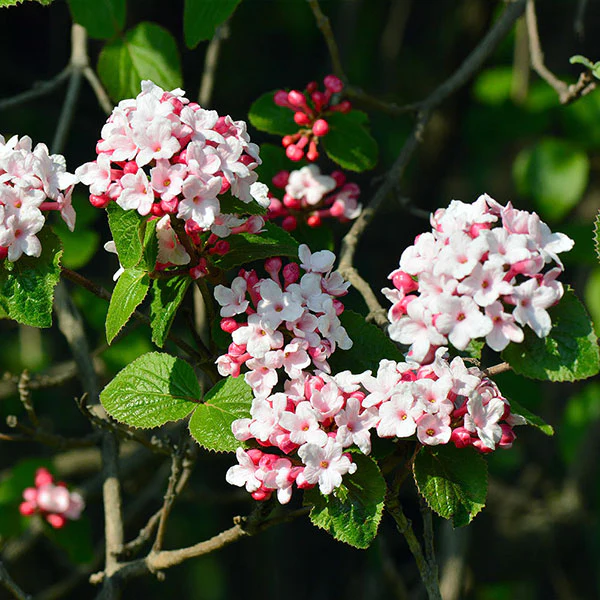
Known by its name, this plant is native to Korea and Japan and is clinically known as ‘Carlesii.’ Loose, open habit to 4–8 ft. tall and wide. This plant is a fragrant, deciduous shrub that blooms and spreads with multiple stems, making it an excellent choice for showcasing its beautiful flowers during the spring season. Korean Spice Viburnum grows best in nutrient-rich, well-drained soil at the same height as they are in the nursery pot. It is also very easy to grow this plant by digging a hole about that deep that can fit your nursery container twice and filling the hole with the same soil.
Try to make sure the soil is made up of organic matter so it can be composted. If you are planning to plant multiple shrubs, make sure to maintain a distance of 4 to 6 feet between them so that the air keeps on circulating. Korean spice viburnum is one of those plants that are drought tolerant only up to a certain point. Beyond that point, the shrub will quickly start destroying. It’s best to water your thirsty plant immediately when you begin to see leaves start to dry up. Speaking of leaves, this shrub’s leaves have the most inconsistent reddish fall colour.
6. David Viburnum
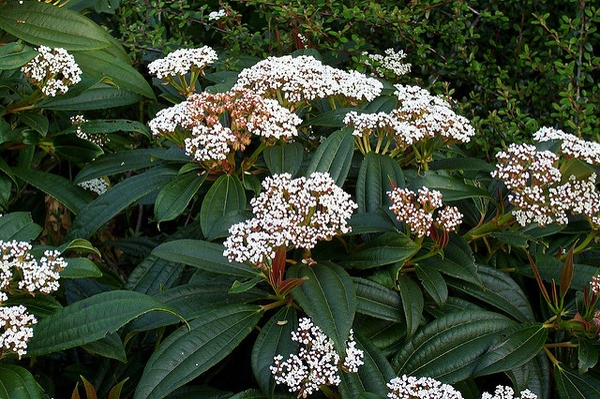
Native to China and the rarest of the viburnum, which is evergreen in nature, this plant is clinically known as ‘Davidii’. Being an evergreen plant, this can also be deciduous near the northern edge of its growing zones sometimes. David viburnum is a compact shrub with splendid leaves and attractive flowers. Several male and female plants get cross-pollinated, and you will have an elaborated winter fruit display that will be relished by songbirds.
The showy white flowers make an effective hedge or natural screen around borders or along foundations. It prefers full sun to partial shade in moist, well-drained soil. This plant is widely used to protect from the scorching summer heat by giving some afternoon shade in hot areas. Unfortunately, David Viburnum sets fruit unless growing conditions are perfect and several genetically distinct plants are grouped together for cross-pollination. This small shrub is better suited to the mild climate of the Pacific Northwest as it requires very well-drained soil and afternoon shade.
7. Arrowwood Viburnum
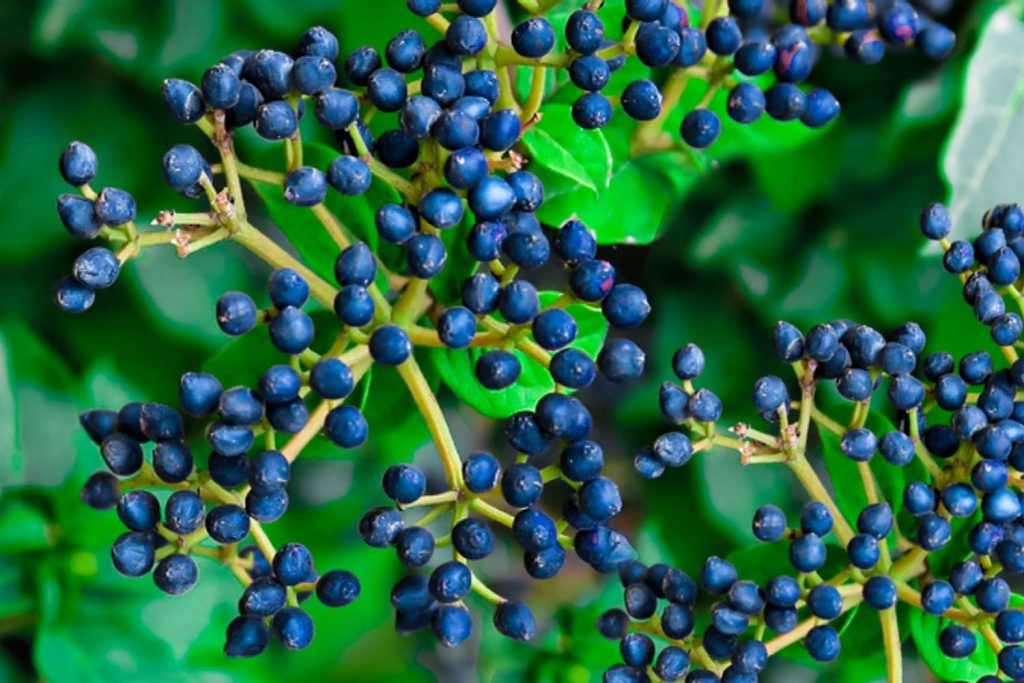
It’s a deciduous shrub native to the eastern USA and can be rarely found in New Brunswick to Minnesota. Also known as ‘Dentatum’, this plant produces small creamish white coloured flowers that mature into 4-inch wide clusters and produce a bluish-black fruit. This fruit matures in late summer and early fall. The fruit is dark green and oval to round, which can be a feast for your wildlife.
This creates an encouraging landscape for wildlife. Not just that, this is the best plant suitable for dozens of butterflies, bees and songbirds. The leaves display 50 shades of fall, from yellow to orange to deep red. Arrowwood can tolerate alkaline solids, cold, and heat. More than one genetic strain is needed for the fruit set. This berry-like plant shouldn’t give you any trouble and is a good choice for almost any landscape. It’s really a handsome, healthy plant that you will definitely wanna click a picture of.
8. Linden Viburnum
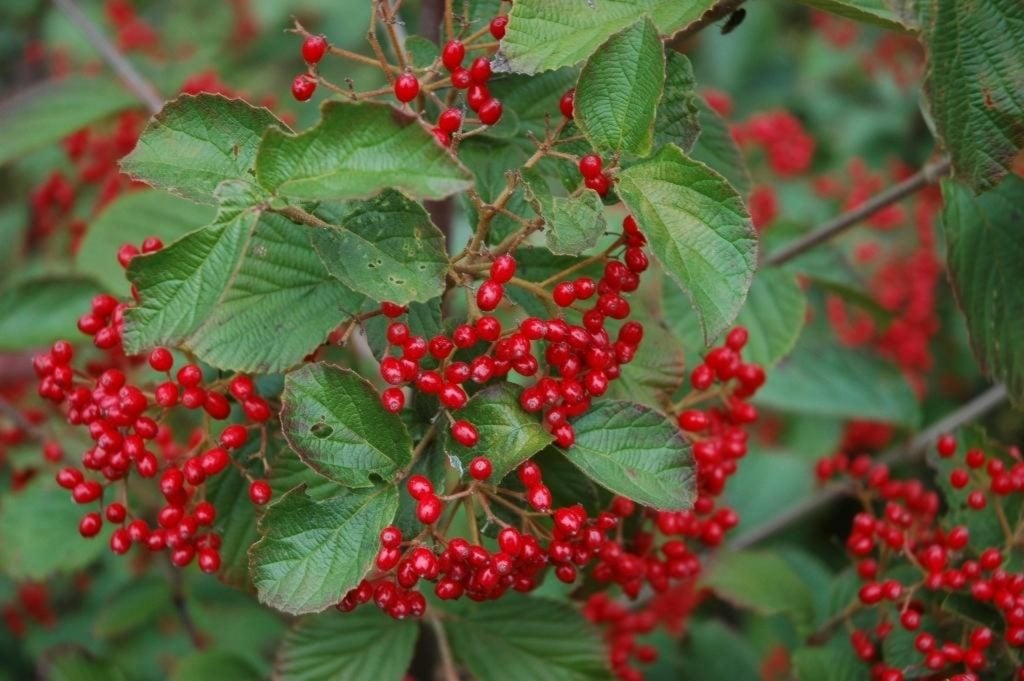
This Viburnum is scientifically known as ‘Dilatatum’. This is a beautiful deciduous Viburnum which has white flowers in the spring as well as distinctive red and orange fruit that persists into the fall. This is native to China and Japan and grows to 8–10 feet tall but not quite as wide. Lindem has these unpleasant-smelling white flowers in clusters which bloom in late spring to early summer.
After that, these flowers turn into showy bright red fruit in fall and hang on till winter. An outstanding collection of names has been given to this plant. ‘Asian Beauty’ which is 8-10 ft. tall, ‘Cardinal Candy’ from 4-5 ft. high and wide. Leaves which turn bronze and burgundy are called ‘Catskill’. These leaves, when turned into yellow, orange and red, are called ‘Erie’.
9. Chinese Snowball Viburnum
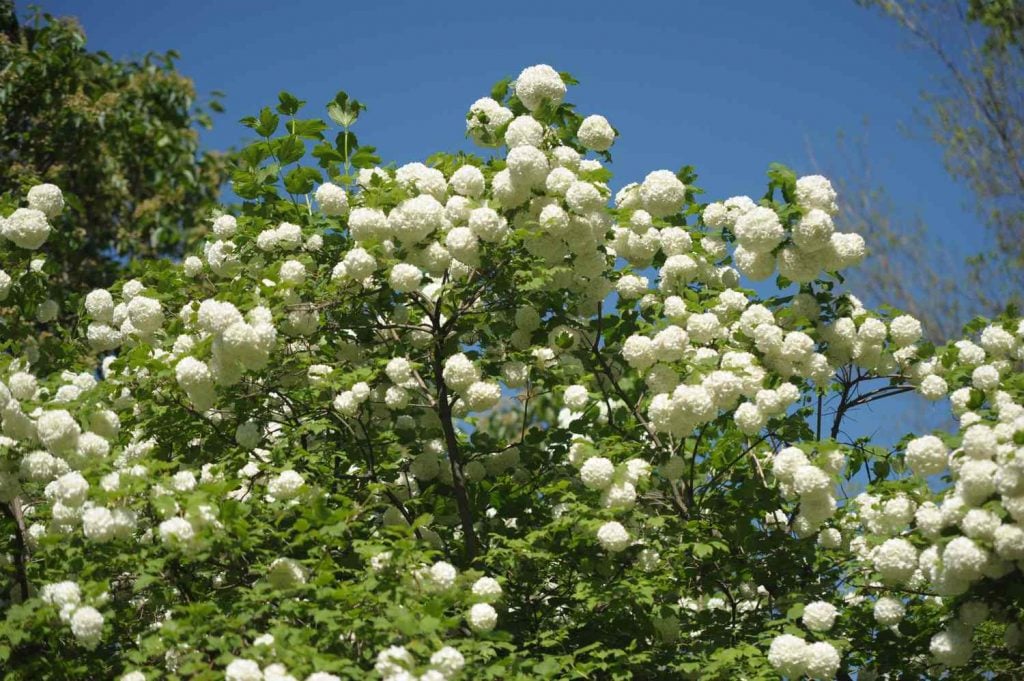
Get your landscape noticeable with this showy plant. Chinese snowball viburnum, clinically known as Macrocephalum, is the most popular deciduous flowering Viburnum in the Viburnaceae family. This stunning plant is fruitless, so there are no messy fruits to step on and no invasive overspreading. As the name says, this shrub has the fluffiest dome-shaped, snowball-like structure. These flowers are infertile with no fragrance. The clusters of big rounded glistening white flowers can oomph up your house gardens, fountains, corners or even for your vases.
If Hydrangeas are the queen of summer flowering shrubs, then Chinese Snowball Viburnum has sprung all wrapped up! Once a year, Pruning the Chinese Snowball Viburnum is important. As soon as the blooming is completed, make sure to trim the dead wood and give a clean shape to it. With that, it is equally important to rejuvenate the shrub after 3-5 years. This is the shrub for the finest spring gardener!
10. Cinnamon Viburnum
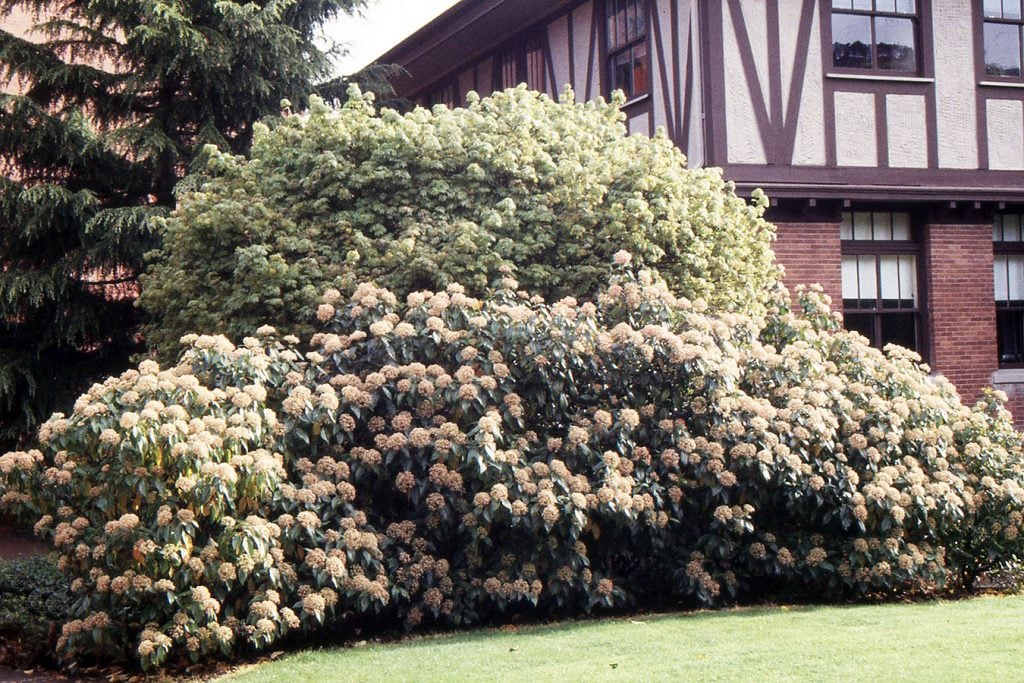
The leaves of this plant are much like those of the Camphor tree, which is called Cinnamomum camphora hence the name came to this plant as “Cinnamon Viburnum”. This is an evergreen shrub and has opposite leaves that are simple, thick, dark blue, and oval. It grows very large and upright, with long leaf stalks and open flower huge clusters. Also known as Viburnum Cinnamomifolium clinically, this plant is native to Western China.
This Winter Flowering Viburnum grows 3 meters – 8 meters tall and 3 meters – 8 meters wide. The most astonishing part is this plant takes 10-20 years to reach full maturity. This shrub should be grown in full sun or partial shade positions, and when it comes to drainage, Cinnamomifolium likes to grow in moist but well-drained or well-drained soils.
11. Nannyberry Viburnum
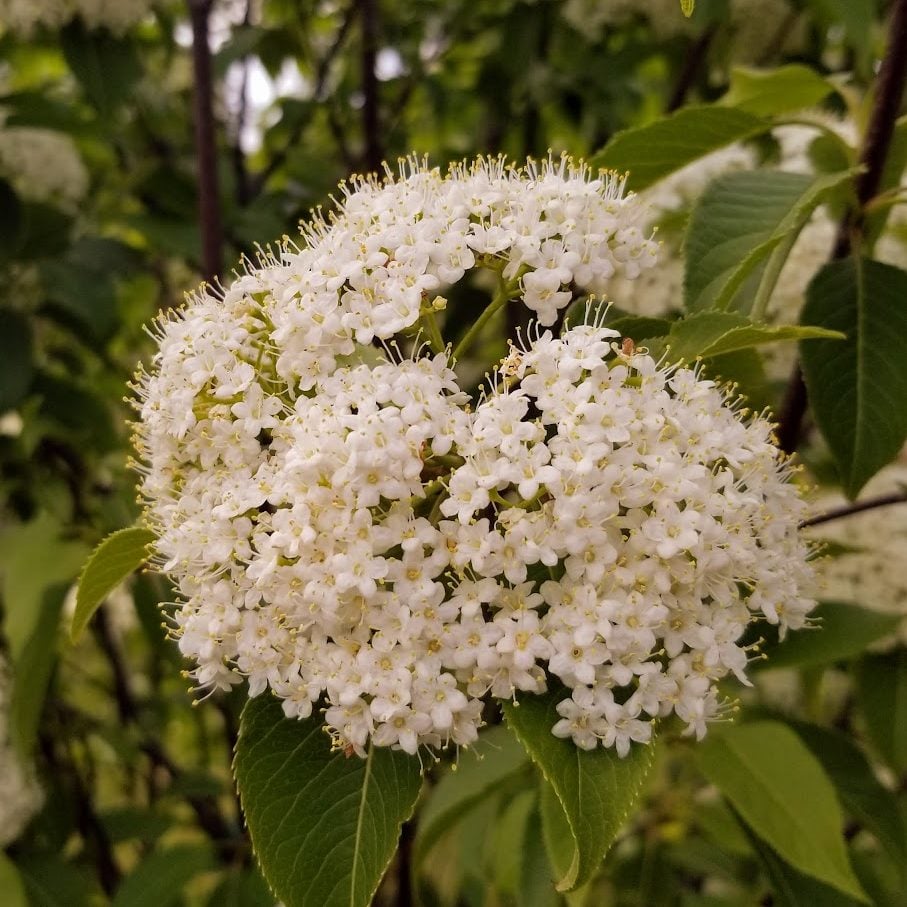
Scientifically known as Viburnum Lentago, this is one of the rarest Flowering Viburnum that you can eat. The Nannyberries can be eaten straight from the plant or cooked to make jams and jellies. It is believed that this viburnum smells like a sheep or a goat, inspiring the common name ‘Sheepberry’. A full sun or part shade lover, this plant is drought and heat tolerant and can be easily grown in average, medium-moisture soils.
This is a perfect plant for an urban landscape. Berry-like drupes which are bluish-black in colour, appear when the flowers drop in the fall season. Nannyberry is a multi-stemmed shrub that has oval, finely toothed, lustrous leaves that change from glossy dark green to yellow to red and then purple in autumn. The plant is native to Eastern North America, a great plant for naturalizing.
Conclusion
All in all, winter flowering viburnum offers timeless beauty for everyone. Whether you plant them for their colourful berries, blooming flowers, graceful fragrance, or brilliant foliage and stem colour, Winter Flowering Viburnum options are seemingly endless.
Often viburnums are soil tolerant and can accept even heavy or limey soils. However, many have a wide range of climate adaptability and can easily grow in any weather. Who doesn’t want clusters of blossoms in shades of cream, white and pink around them?
Good luck finding a more diverse group of shrubs for the garden below.

